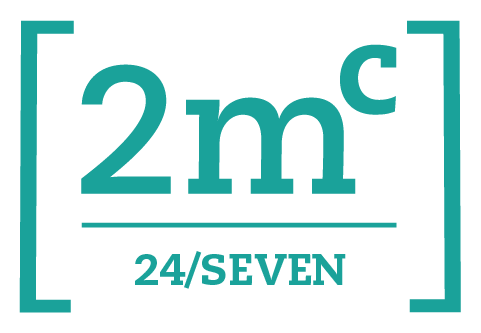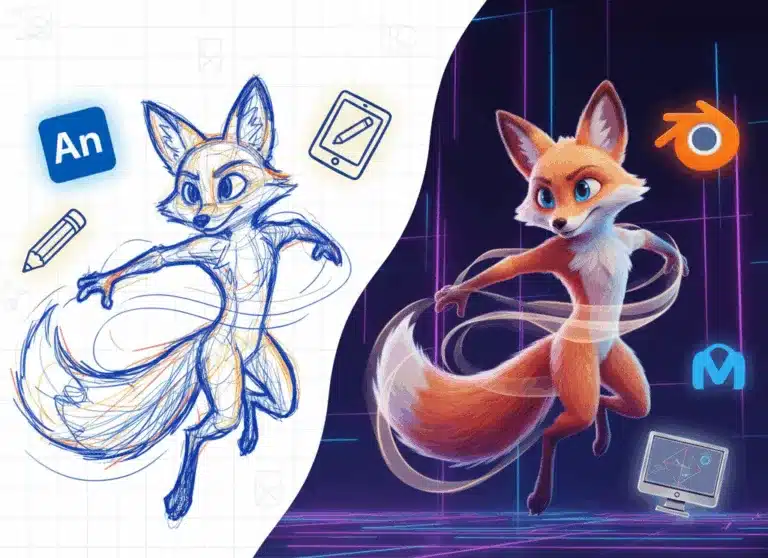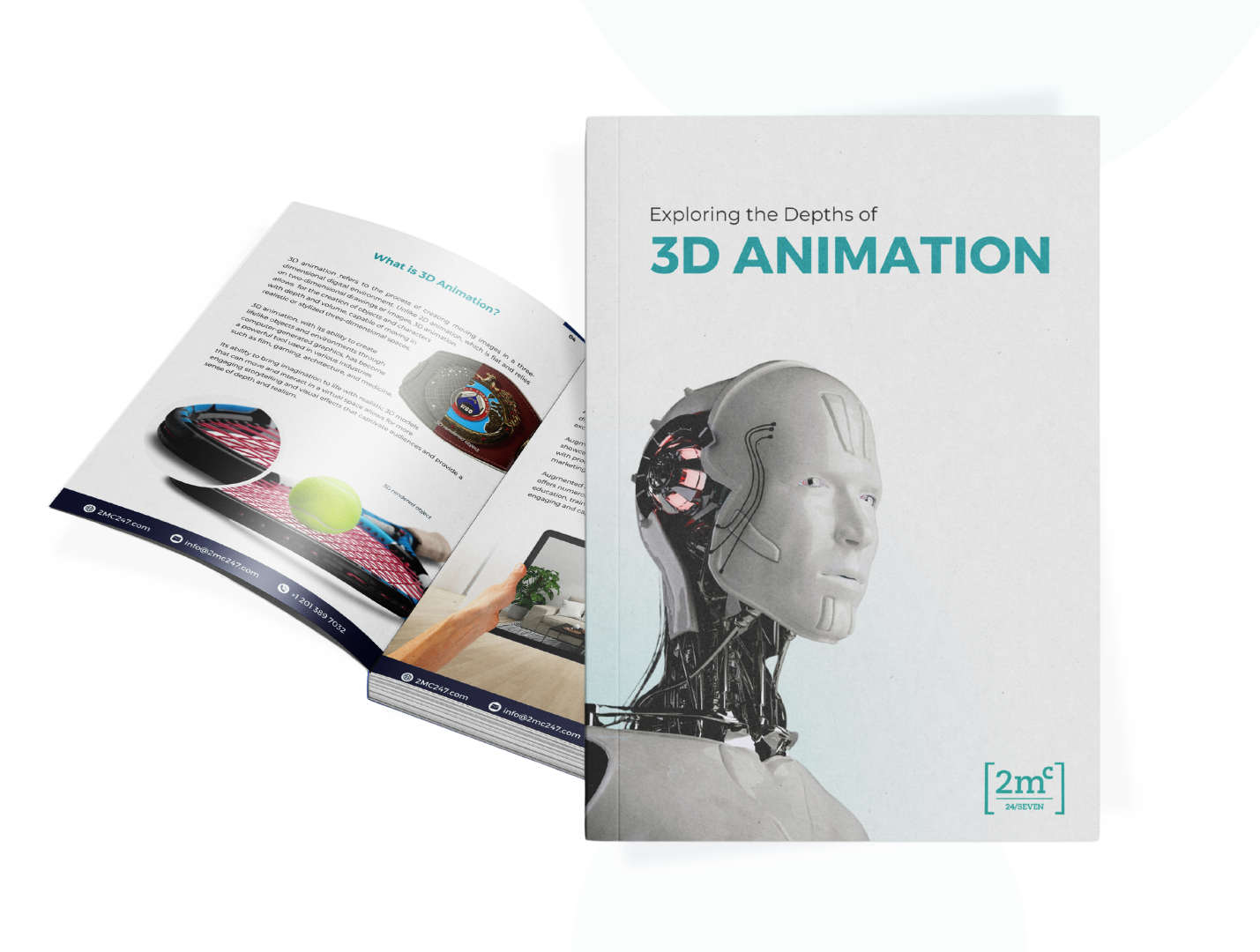VFX and CGI, the twin pillars of the modern entertainment industry, have revolutionized the way we experience movies and television shows, bringing with them a fresh dimension to visual storytelling.
Both VFX and CGI play pivotal roles in various industries such as film production, gaming, advertising, and even virtual reality experiences. However, they differ significantly in their applications, costs involved in their implementation, technical requirements for execution, and even their pioneering advancements over time.
In today’s blog, we’re going to explore the key differences between VFX vs CGI, understand their features and take a peek into their different applications. It’s going to be a fun ride and we hope you’re ready to get started.
Let’s begin!
What is VFX?
Visual Effects (VFX) refer to the process of creating, manipulating, or enhancing visual elements in films, television shows, video games, and other forms of media to achieve effects that are difficult or impossible to capture during live-action filming.
It involves the integration of computer-generated imagery (CGI) with live-action footage to produce stunning, compelling and even otherworldly visuals. It is a technique used in various industries, including advertisements, gaming, and film.
VOLKSWAGEN Hedgehog from Nki on Vimeo.
In the film industry, VFX plays a crucial role in enhancing visual experiences by adding elements such as explosions, creatures, magical effects, or even entire digital environments. VFX artists work closely with directors and cinematographers to ensure that their creations align with the overall vision of the project.
They meticulously analyze each frame of a shot and use their technical skills to manipulate images or create entirely new ones. From making actors fly through the air to bringing imaginary creatures to life on screen, VFX has revolutionized filmmaking by pushing boundaries and immersing audiences in fantastical worlds.
What is CGI?
Computer-generated imagery (CGI) is a digital technique that is used to produce visually compelling and realistic images, illustrations, and animations. It involves the use of computers to create visual elements, often in the form of images or animations, for use in various media such as films, television shows, video games, and advertisements.
CGI has a wide range of applications. It can be used to create both static and dynamic images, as well as 2D and 3D models. It also helps generate lifelike characters and creatures to simulate realistic environments and special effects that are challenging or impractical to achieve through traditional filmmaking techniques.
In essence, CGI allows artists and animators to use computer software to design and produce visuals that seamlessly blend with live-action footage, enhancing the overall visual experience for audiences.
VFX vs CGI: Head to Head Comparison
When comparing the two techniques, it is interesting to note that the global visual effects market was valued at $28.81 billion in 2022, highlighting the significant demand for VFX in various industries. In contrast, CGI was valued 23.95 billion in November of 2023.
While they often operate within the same industries, they still play different roles within them.
Here are some key differences between VFX and CGI:
Purpose & Function
VFX are functionally used to create imagery out of a combination of live actions shots and digital Images.
However, the functions of CGI are more diverse. CGI is used to create images, print media, commercials, animations and videos, and other digital work.

Realism vs Character Appearance
VFX focuses on creating difficult or impossible-to-create physical scenes through digital manipulation. It can make scenes more immersive and realistic by adding elements that either don’t exist or are almost impossible to achieve in real life. Some examples include explosions, fantasy creatures or futuristic landscapes.
Unlike VFX, CGI doesn’t prioritize realism but excels in enhancing characters and generating entirely new visual elements. It is dedicated to creating digital images (in 2D and 3D), illustrations and animations, extending its applications to diverse fields beyond entertainment.
Timing & Flexibility
In VFX, timing is essential as it involves synchronizing the special effects with live-action footage. Knowing when and how an effect is created plays an important part in the making of a film or a video. While it is mostly used in the post-production process, integration with the VFX is always planned during the building phase.

Because of its need for meticulous planning, changes cannot be made in the primary shoot when using Visual Effects.
CGI’s digital nature allows for unmatched flexibility during post-production processes. It provides the ability to change every component of a completed shot.
CGI often involves the creation and use of wireframe models which are digital representations of objects, scenes or characters. These models can be easily modified and placed in various settings at any moment in time. Consequently, the flexibility of CGI allows for efficient adjustments and can save time for producers in the long run
Cost Dynamics
Visual effects are often more expensive when compared to CGI. This is due to its complex nature and essential requirement for skilled professionals who work extensively on each scene’s details.
Additionally, VFX requires specialized software and equipment for editing and rendering purposes.
While CGI also requires expensive software and training time investment upfront, once mastered it allows for reusing assets which can save money in the long run.
Overall, both VFX and CGI play crucial roles in enhancing visual experiences across various industries including film, advertisements, gaming, AR/VR applications etc.
Each technique has its own unique uses and applications while constantly evolving with technological advancements.
Is CGI a Part of VFX?
CGI is a subset of VFX that encompasses the creation of entirely digital images, illustrations, and animations using computer software.
While VFX involves creating both real-world and computer-generated elements to enhance or create visual effects in films, CGI focuses specifically on the creation of digital assets.
However, it is important to understand that it is possible to develop CGI and VFX independently and without each other.
Applications of VFX vs CGI
The applications of VFX and CGI span across various industries, including advertising, gaming, film, virtual reality, and augmented reality.
Advertisement & Marketing

In the advertising industry, VFX is commonly used to create visually stunning and attention-grabbing advertisements. It allows for the creation of impossible or difficult-to-capture scenes that can enhance the overall appeal of a product or brand.
CGI, on the other hand, is often utilized in creating digital images and animations for advertising purposes. It makes it easy for businesses to create product images very quickly even when the products haven’t been created in real life. It can help improve a brand’s credibility by delivering better visual experiences to the audience.
Gaming Industry

In gaming, both VFX and CGI play crucial roles in enhancing gameplay experiences. VFX is used to create special effects such as explosions, dynamic weather conditions, or realistic physics simulations that make games more immersive and engaging.
CGI is employed in developing 3D models and environments within games which contribute to their overall visual quality.
Entertainment
In the film industry, both VFX and CGI are extensively utilized for various purposes.
VFX enables filmmakers to create impossible or digital scenes that would otherwise be challenging or costly to produce practically. Think about movies like Doctor Strange, Tron, King Kong, etc. all of which were made using VFX.
On the other hand, CGI enhances the appearance of characters by seamlessly integrating them into their surroundings or transforming their physical attributes digitally. Toy Story was the first film completely animated using CGI, and with it came more movies like Rango, Frozen and even the highest grossing movie of all time, Avatar.
Virtual Reality & Augmented Reality
VFX and CGI also finds applications in emerging technologies such as virtual reality (VR) and augmented reality (AR).
In VR experiences, VFX can be used to simulate realistic environments where users can interact with computer-generated elements seamlessly.
Similarly, CGI plays a significant role in AR applications by overlaying digital objects onto real-world settings.
Overall, both VFX and CGI have wide-ranging applications across multiple industries. Their ability to create visually stunning effects or lifelike digital imagery contributes to improved user experiences while opening up new possibilities for innovation in these fields.
Conclusion
In conclusion, VFX and CGI are revolutionizing visual storytelling. VFX brings impossible scenes to life with computer-generated effects, while CGI enhances characters and visuals with digital images and animations.
They’re both crucial across different industries and media. As technology advances, they evolve, pushing visual boundaries and creating career opportunities. Their profound impact underscores their transformative journey in the entertainment industry.
So, next time you find yourself captivated by a breathtaking explosion or mesmerized by a lifelike creature on screen, take a moment to appreciate the incredible work of VFX and CGI artists who bring these visual marvels into existence.
Frequently Asked Questions
What are some examples of industries that use VFX and CGI?
Industries such as film, gaming, advertising, AR/VR, and entertainment extensively use VFX and CGI. VFX creates impossible physical scenes, while CGI produces digital images and animations. Both technologies enhance visual experiences and offer numerous career opportunities.
What are the main advantages of using VFX in the entertainment industry?
Some main advantages of using VFX in the entertainment industry include creating difficult or impossible physical scenes, enhancing the appearance of characters, making videos more attractive, and increasing audience retention through special effects.
How does CGI save money in comparison to VFX?
CGI saves money compared to VFX by reusing assets, eliminating the need for physical sets and props. Additionally, CGI allows for easier modifications and adjustments during post-production, reducing the cost of reshoots.
Can VFX and CGI be used together in the same project?
Yes, VFX and CGI can be used together in the same project. VFX creates computer-generated digital effects, while CGI creates digital images and animations. By combining both techniques, filmmakers can achieve stunning and realistic visual experiences that captivate audiences.
How do VFX and CGI contribute to the overall visual experience in the film industry?
VFX and CGI significantly contribute to the overall visual experience in the film industry. VFX creates impossible or digital scenes, enhancing audience retention with special effects. CGI allows for complete control over every component of a shot, providing the ability to change and enhance visuals. Together, they push the boundaries of innovation in filmmaking.





